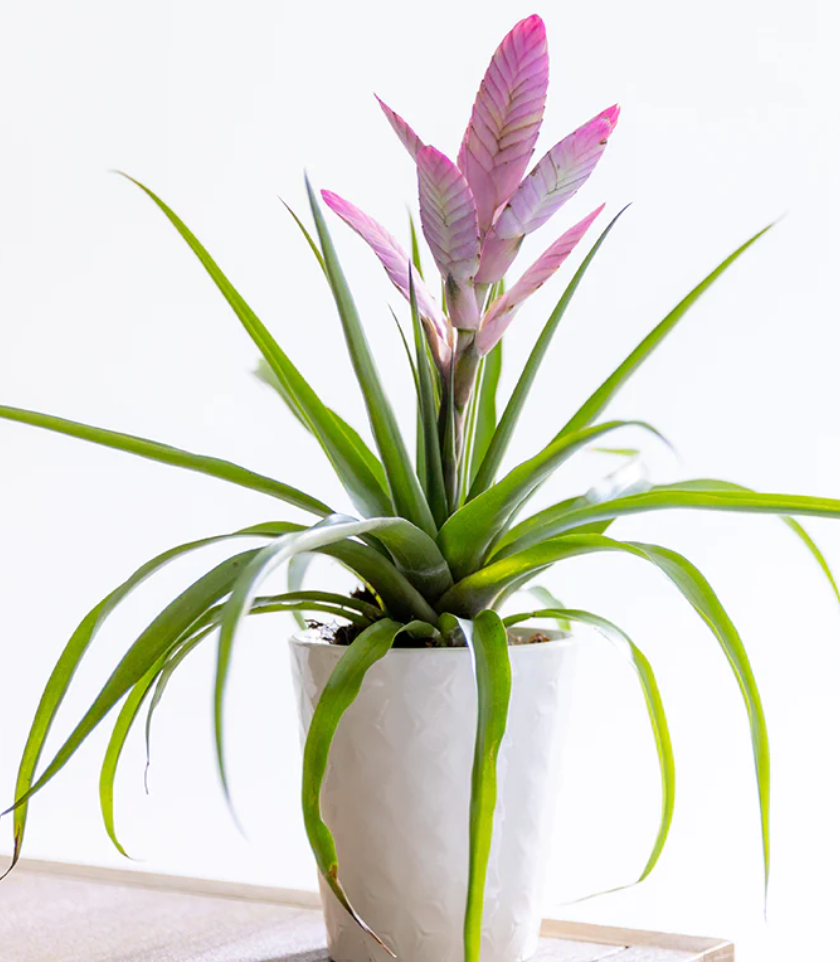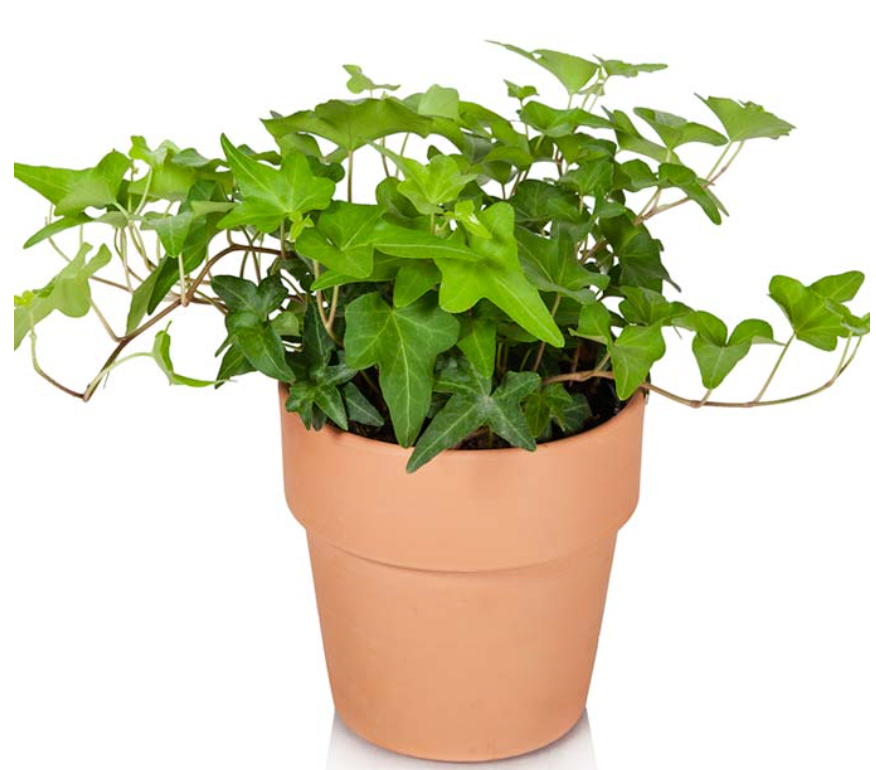Light and Temperature: Orchids generally thrive in bright, indirect light. Place them near a window with filtered sunlight or provide them with artificial grow lights. Temperature requirements vary depending on the orchid species, but most prefer temperatures between 65°F (18°C) and 75°F (24°C) during the day, with a slight drop at night.
Watering: Proper watering is crucial for orchid care. Orchids should be watered thoroughly but allowed to dry out slightly between waterings. Avoid overwatering, as it can lead to root rot. As a general rule, water your orchid when the top inch of the potting medium feels dry. Orchids in bark-based mixes may require more frequent watering than those in moss-based mixes.
Humidity and Air Circulation: Orchids thrive in environments with higher humidity levels. If the air in your home is dry, you can increase humidity by placing a tray of water near the orchids or using a humidifier. Adequate air circulation is also essential to prevent the growth of fungal or bacterial diseases. Ensure good airflow around your orchids, but avoid placing them in drafts or direct air from fans.
Potting Medium: Orchids are typically potted in a well-draining medium that allows air circulation around the roots. Common potting mediums include orchid bark, sphagnum moss, or a combination of the two. Repot your orchid every one to two years or when the potting medium starts to break down or become too compact.
Fertilization: Orchids have specific nutritional needs. Use a balanced orchid fertilizer diluted to half strength and apply it every two to four weeks during the growing season. Avoid over fertilizing, as it can damage the roots. Flush the pot with plain water occasionally to remove any built-up salts.
Pruning and Maintenance: Regular maintenance is vital for orchids. Remove spent flowers and trim any yellow or dead leaves or stems. Pruning helps redirect energy to new growth and promotes better air circulation. Additionally, be vigilant for signs of pests such as aphids or mealybugs and take appropriate measures to control them if necessary.




